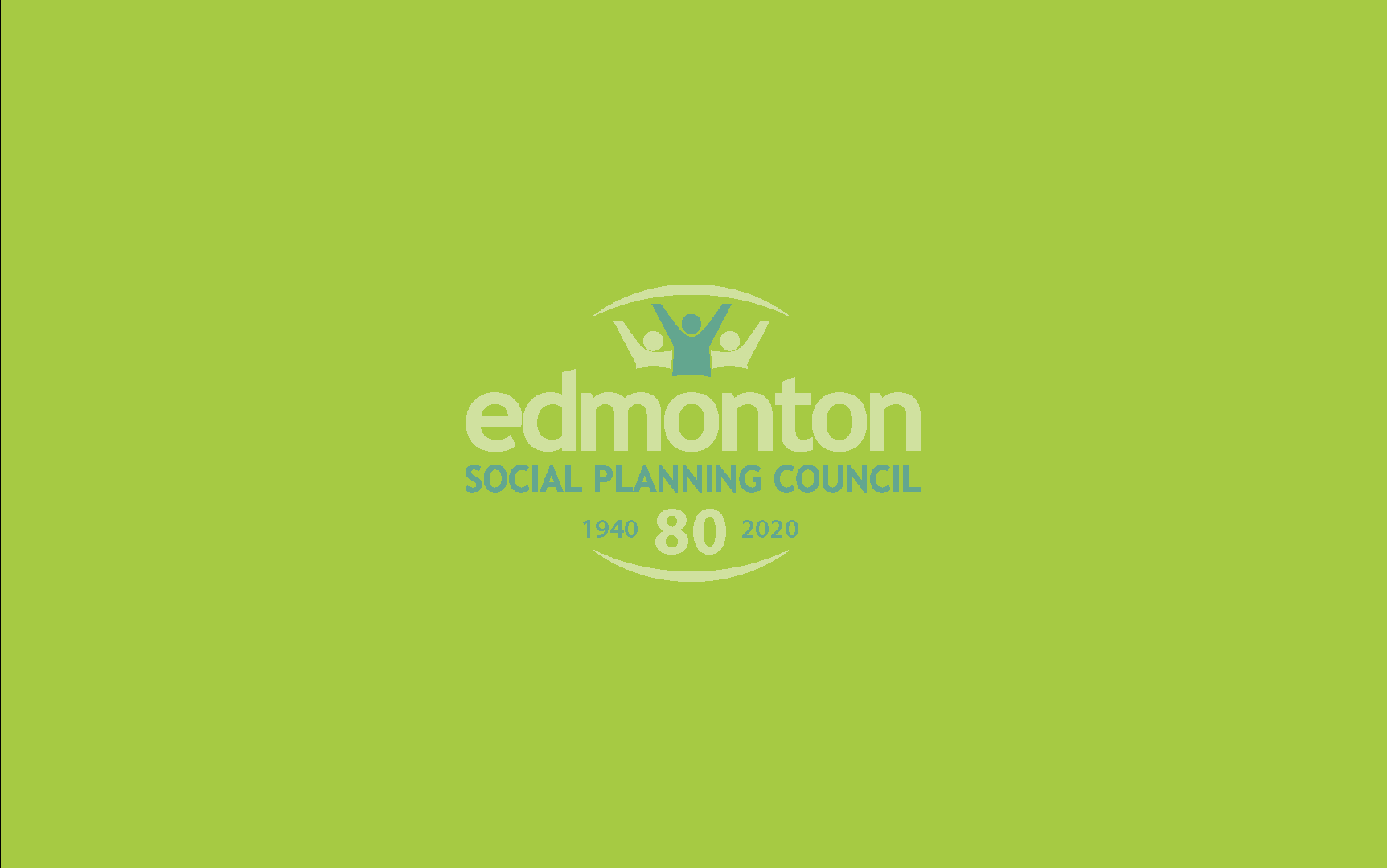[et_pb_section fb_built=”1″ _builder_version=”4.7.0″ custom_margin=”0px||0px||false|false” custom_padding=”0px||0px||false|false”][et_pb_row column_structure=”3_4,1_4″ use_custom_gutter=”on” gutter_width=”1″ _builder_version=”4.7.3″ _module_preset=”default” width=”100%” custom_margin=”0px||||false|false” custom_padding=”3px||5px|||” border_width_bottom=”1px” border_color_bottom=”#a6c942″][et_pb_column type=”3_4″ _builder_version=”4.7.0″ _module_preset=”default”][et_pb_post_title meta=”off” featured_image=”off” _builder_version=”4.7.4″ _module_preset=”default” title_font=”||||||||” custom_margin=”||3px|||” border_color_bottom=”#a6c942″][/et_pb_post_title][/et_pb_column][et_pb_column type=”1_4″ _builder_version=”4.7.0″ _module_preset=”default”][et_pb_image src=”https://edmontonsocialplanning.ca/wp-content/uploads/2020/08/boxes_1.gif” title_text=”boxes_1″ align=”center” disabled_on=”on|off|off” _builder_version=”4.7.4″ _module_preset=”default” width=”100%” custom_margin=”-2px||-1px||false|false” custom_padding=”||7px|||”][/et_pb_image][/et_pb_column][/et_pb_row][et_pb_row column_structure=”3_4,1_4″ use_custom_gutter=”on” gutter_width=”1″ make_equal=”on” _builder_version=”4.7.4″ background_size=”initial” background_position=”top_left” background_repeat=”repeat” width=”100%” custom_margin=”0px|auto|0px|auto|false|false” custom_padding=”37px|0px|44px|0px|false|false”][et_pb_column type=”3_4″ _builder_version=”4.5.6″ custom_padding=”0px|0px|0px|0px|false|false” custom_padding__hover=”|||”][et_pb_text _builder_version=”4.7.4″ _dynamic_attributes=”content” _module_preset=”default” text_font=”||||||||” text_text_color=”#000000″ custom_padding=”||32px|||”]@ET-DC@eyJkeW5hbWljIjp0cnVlLCJjb250ZW50IjoicG9zdF9kYXRlIiwic2V0dGluZ3MiOnsiYmVmb3JlIjoiIiwiYWZ0ZXIiOiIiLCJkYXRlX2Zvcm1hdCI6ImRlZmF1bHQiLCJjdXN0b21fZGF0ZV9mb3JtYXQiOiIifX0=@[/et_pb_text][et_pb_text _builder_version=”4.5.7″ text_line_height=”1.6em” header_2_font=”|600|||||||” header_2_text_color=”#008ac1″ header_2_font_size=”24px” background_size=”initial” background_position=”top_left” background_repeat=”repeat” width=”95%” module_alignment=”left” custom_margin=”-1px|0px|2px|-96px|false|false” locked=”off”]
Written by: Tom Ndekezi, Summer Student Research Assistant
When Jason Kenney took to the stage in early July to announce the UCP government’s $10 billion injection into Alberta’s infrastructure in the wake of COVID-19 and falling oil prices, he did it with a video. As the camera cut to shots of Kenney’s RV tour of Southern Alberta, where he visited factories, bumped elbows with foremen, and made announcement after announcement in front of a familiar blue podium with Alberta’s Recovery Plan printed in bold block lettering, there was one glaring omission. In the entire four minute runtime of a video shot across Alberta and meant to showcase the province’s economic diversity, there were barely any women.
Social media took notice, and within hours the UCP’s economic recovery plan had been dubbed the “he-covery.” Shots of Kenney standing hands-on-hips in front of what can only be described as multitudes of white men certainly didn’t help, and whatever version of Alberta the Premier was touring, it certainly didn’t look like one that was 49.8% female and 23.5% people of colour. Whether intentionally or not, the video made a statement, and for many of Kenney’s critics it was a concerning depiction of the Alberta that the current provincial government wants to build, and who it is that they are building it for.
There’s a temptation to call the lack of women in the provincial government’s video a harmless oversight, but messaging matters. The fact that Kenney chose to drive an RV across the province rather than fly or even take a tour bus says as much. By filling the promotional video for Alberta’s Recovery Plan with images of farms, factories, and distilleries, Kenney and the UCP government were showcasing the Alberta their recovery plan is going to work for. But by leaving out women, Indigenous people, and people of colour, it is unclear as to how those groups fit into that plan.
It must be acknowledged that the impacts of economic downturns are not distributed evenly, especially in resource economies like Alberta’s. Research from the Edmonton Social Planning Council shows that male-dominated industries like oil and gas tend to react more adversely to recessions than female-dominated industries like healthcare and social services. That being said, losses suffered in the energy sector have reverberations that are felt in every corner of Alberta’s economy, by men and women alike. Women and people of colour also experience higher rates of poverty and financial instability, even when there isn’t a global pandemic wreaking havoc on the economy.
Alberta’s current economic reality is also complicated by the two-pronged assault brought on by falling oil prices and COVID-19, and women have been disproportionately affected by the pandemic. The suspension of in-person schooling forced many families to make tough decisions regarding childcare, and more often than not it was women who had to bear the burden of those responsibilities. Women have also lost over twice as many jobs as men as a result of the pandemic, many of which were part-time, low-wage positions.
Women are quite literally on the frontlines of the pandemic. Not only are women the overwhelming majority of essential workers like nurses, cashiers and personal support workers, but sadly, women also make up the majority of Canada’s COVID-19 cases and deaths. In the same way that we have seen the effects of falling oil prices target male-dominated industries, the dynamics of the pandemic have been such that women have been especially vulnerable. Therefore to try and propose a provincial economic recovery plan that fails to highlight women is shortsighted and incomplete at best, and yet the UCP has done exactly that.
The promotional video blunder might have been just that, a blunder, but it is also the latest example of the UCP’s increasing disregard for women’s issues. We have already seen the current provincial government deem health services required by women unnecessary and deny them a seat at the table for the province-wide curriculum review. The lack of female representation in Alberta’s Recovery Plan seems to be the most recent manifestation of that indifference.
The provincial government has billed Alberta’s Recovery Plan as a “plan for today that provides hope for the future.” Unfortunately, the first images of that plan look like the Alberta of yesterday. In a province whose population is becoming more and more diverse, the disparity between the UCP’s picture of Alberta and what Alberta actually looks like is only going to grow. At the end of the day, a poorly thought out promotional video may not be of any real consequence, but the UCP government would be wise to remember that when it comes to painting grand visions of the future, what you say is often just as important as what—or who—you leave out.
[/et_pb_text][/et_pb_column][et_pb_column type=”1_4″ _builder_version=”4.7.4″ custom_padding=”0px|20px|0px|20px|false|false” border_color_left=”#a6c942″ custom_padding__hover=”|||”][et_pb_testimonial author=”Posted by:” job_title=”@ET-DC@eyJkeW5hbWljIjp0cnVlLCJjb250ZW50IjoicG9zdF9hdXRob3IiLCJzZXR0aW5ncyI6eyJiZWZvcmUiOiIiLCJhZnRlciI6IiIsIm5hbWVfZm9ybWF0IjoiZGlzcGxheV9uYW1lIiwibGluayI6Im9uIiwibGlua19kZXN0aW5hdGlvbiI6ImF1dGhvcl93ZWJzaXRlIn19@” portrait_url=”@ET-DC@eyJkeW5hbWljIjp0cnVlLCJjb250ZW50IjoicG9zdF9hdXRob3JfcHJvZmlsZV9waWN0dXJlIiwic2V0dGluZ3MiOnt9fQ==@” quote_icon=”off” disabled_on=”on|off|off” _builder_version=”4.7.4″ _dynamic_attributes=”job_title,portrait_url” _module_preset=”default” body_text_color=”#000000″ author_font=”||||||||” author_text_align=”center” author_text_color=”#008ac1″ position_font=”||||||||” position_text_color=”#000000″ company_text_color=”#000000″ background_color=”#ffffff” text_orientation=”center” module_alignment=”center” custom_margin=”0px|0px|4px|0px|false|false” custom_padding=”32px|0px|0px|0px|false|false”][/et_pb_testimonial][et_pb_text disabled_on=”on|off|off” _builder_version=”4.7.4″ _dynamic_attributes=”content” _module_preset=”default” text_text_color=”#000000″ header_text_align=”left” header_text_color=”rgba(0,0,0,0.65)” header_font_size=”20px” text_orientation=”center” custom_margin=”||50px|||” custom_padding=”48px|||||”]@ET-DC@eyJkeW5hbWljIjp0cnVlLCJjb250ZW50IjoicG9zdF9jYXRlZ29yaWVzIiwic2V0dGluZ3MiOnsiYmVmb3JlIjoiUmVsYXRlZCBjYXRlZ29yaWVzOiAgIiwiYWZ0ZXIiOiIiLCJsaW5rX3RvX3Rlcm1fcGFnZSI6Im9uIiwic2VwYXJhdG9yIjoiIHwgIiwiY2F0ZWdvcnlfdHlwZSI6ImNhdGVnb3J5In19@[/et_pb_text][/et_pb_column][/et_pb_row][/et_pb_section]
